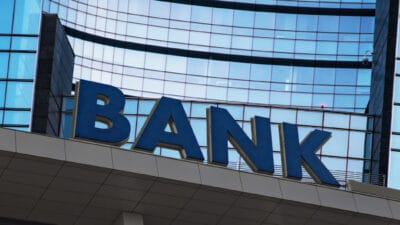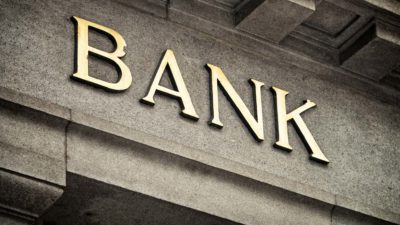Last week we discussed Commonwealth Bank of Australia's (ASX: CBA) move to raise its fixed-term interest rates on mortgages. At the time, CBA's move was an interesting one, and as we flagged, a potential harbinger for the ASX banking sector going forward. Since the Reserve Bank of Australia (RBA) has repeatedly indicated that interest rates will be on hold at the current near-zero levels until 2024 at the earliest, CBA's move could be construed as defiant. It implied the bank saw a possible risk in blindly following what the RBA was preaching, essentially betting rates will move higher at least a little sooner than the RBA has flagged.
Today we colour in that picture a little more. According to a report in the Australian Financial Review (AFR) today, National Australia Bank Ltd. (ASX: NAB) has also raised its fixed-term interest rates. Its 4-year rate rose by 21 basis points to 2.19% and its 5-year rate went up by 25 basis points to 2.49%. Both moves were effective from 12 May.
Is NAB defying the RBA too?
On the surface it looks to be a similar move to CBA. But the AFR quotes NAB's chief economist Alan Oster on the matter, who provides some nuance. Oster, perhaps contrary to what many commentators are saying right now, doesn't believe rates will rise substantially until 2025.
Essentially people are worrying about inflation, that inflation is going up faster than the [US] Federal Reserve or the Reserve Bank anticipated, and they have to move earlier… Also there is an issue for the banks with the [rising popularity of] fixed rates in that there is not as much margin in them. I think it's just fine-tuning… When the bank [RBA] finally gets going they might feel a bit behind and have to go up probably by 2 per cent in 12 to 18 months, but we are talking 2025… You can't have cash rate at 0.1 per cent forever.
Oster seems to indicate that the hikes the big banks are making have more to do with a self-fulfilling prophecy, rather than an actual belief the RBA will move sooner than it has flagged. If bond yields rise, it indicates that the market is pricing in higher interest rates down the road. But rising bond yields raise the cost of funding for the banks, forcing them to pass this on to borrowers, and giving the impression the banks think the RBA is wrong. Oster indicates this is what's behind NAB's recent move.
Only time will tell how quickly the RBA raises rates, whether that's 2022, 2024 or 2025. One thing looks more certain than it did a few months ago; interest rates seem to have found their bottom.








